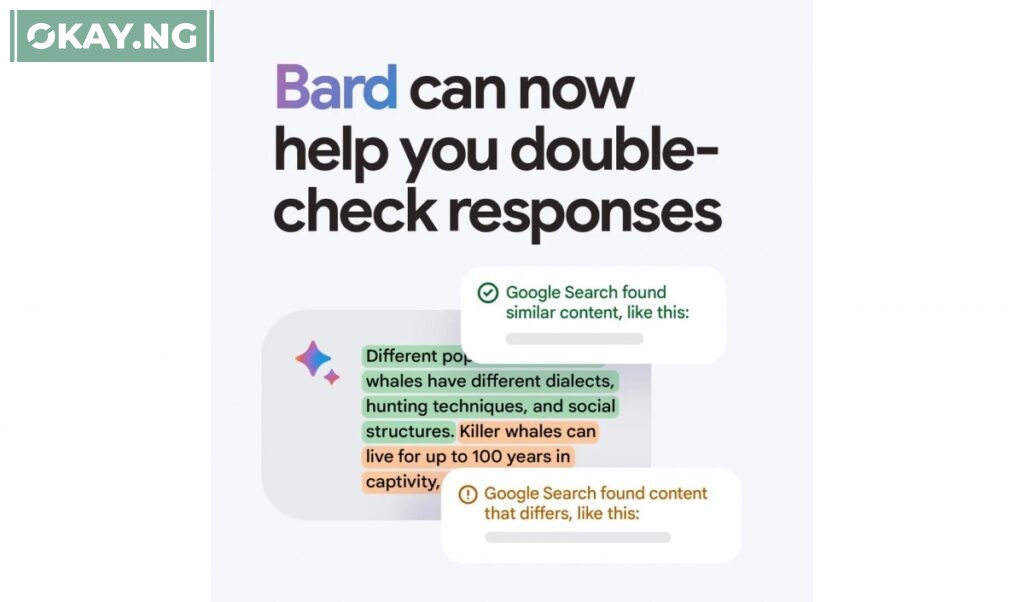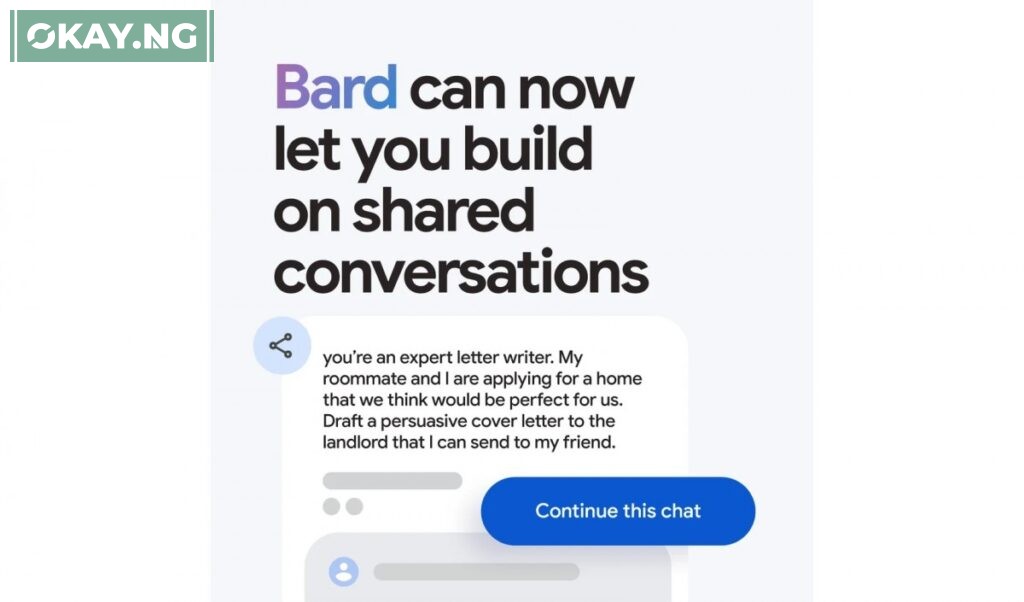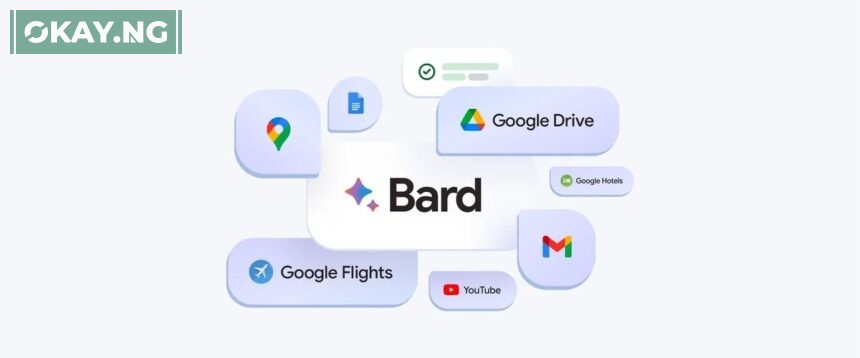Google has expanded the capabilities of its Bard AI tool with the launch of Bard Extensions. This feature enables Bard to interact with various Google products, including Gmail, Docs, Drive, Maps, YouTube, Google Flights, and hotels, making it a versatile tool for streamlining tasks and collaboration.
Bard Extensions allow users to seamlessly access and organize information from different Google apps and services.
For example, Bard can assist in planning a trip by retrieving travel dates from Gmail, providing real-time hotel and flight details, offering directions via Google Maps to the airport, and suggesting YouTube videos for destination activities—all within a single conversation.
Another practical use case is job hunting, where Bard can locate your resume in Google Drive, summarize it into a concise personal statement, and assist in composing a cover letter—all while maintaining the continuity of collaboration.
Google has prioritized privacy in the development of Bard Extensions. Content accessed by Bard from Gmail, Docs, and Drive is not visible to human reviewers, not used for displaying ads, and not utilized for training the Bard model.

Bard now features a “Google It” button, enabling users to fact-check its responses more easily. When this button is clicked, Bard evaluates the response and verifies its accuracy using web-based information. Users can click on highlighted phrases to explore supporting or contradicting details found through Google search.

Additionally, users can continue conversations initiated by others through a shared Bard chat link. This feature fosters extended discussions on specific topics or serves as a starting point for new conversations.
Google has further expanded Bard’s language capabilities. Previously, features like uploading images with Lens, receiving Search images in responses, and modifying Bard’s responses were limited to English. However, they are now available in over 40 languages, making Bard more accessible and useful to a global audience.









